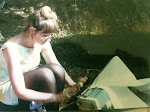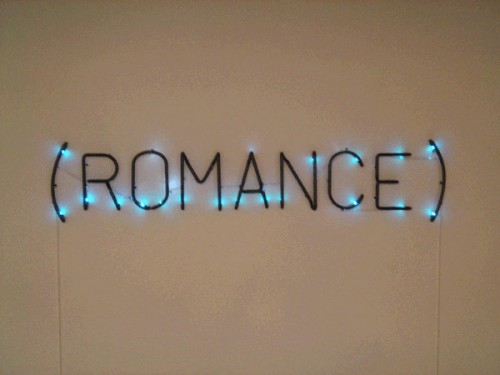Walking through the Met's modern wing the other day I was struck by some works by Philip Pearlstein. My taste doesn't usually gravitate towards the nude, I prefer work which I can read, steeped in references that allow my brain to turn over. However, Pearlstiens pieces took me aback. There were a few large canvases facing you as you walked up the stairs, the bodies draped and draping and enveloping the corner of the room. Perhaps I have been to quick to judge the nude, perhaps it is, in its bare essence, the truly original historical reference?
Pearlsteins nude possess an essence of power or of magic. They are at once honest and alluring, vulnerable and powerful, they are commonplace and at the same time posed. In their nakedness the models reveal the heaviness of their bodies, their imperfections made more obvious by the matte application of paint, studied under studio lighting. His realism moves away from the nude-as-symbolic-artifact and in to the territory of the body as form. Pearlstein's framing lopping off parts of their bodies (such as their heads) shows reference to photography and the way in which it has changed the way we perceive and frame the human body. Mr. Pearlstein's unlovingly slow execution almost punishes the viewer for intruding upon his scopophilia, his own private obsessive absorption in the act of seeing - David Cohen via art critical.
Cohen Compares Pearlsteins execution to that of Ingres, however his reference differs. Pearlstien began working with the nude during 60's modernism, a time when to paint the figure was passe. Pearlstein applies late modernist theory to art-historical subject and what he gets is essentially po-mo. Through unexpressive touch, stylized cropping and foreshortening, and awkward, affectless poses Pearlstein re-invents the nude. It references the history of the nude, but it reveals nothing.
hmm, maybe an essay lurks beneath the surface here- i'll put Pearlstein on my list for art school!






No comments:
Post a Comment